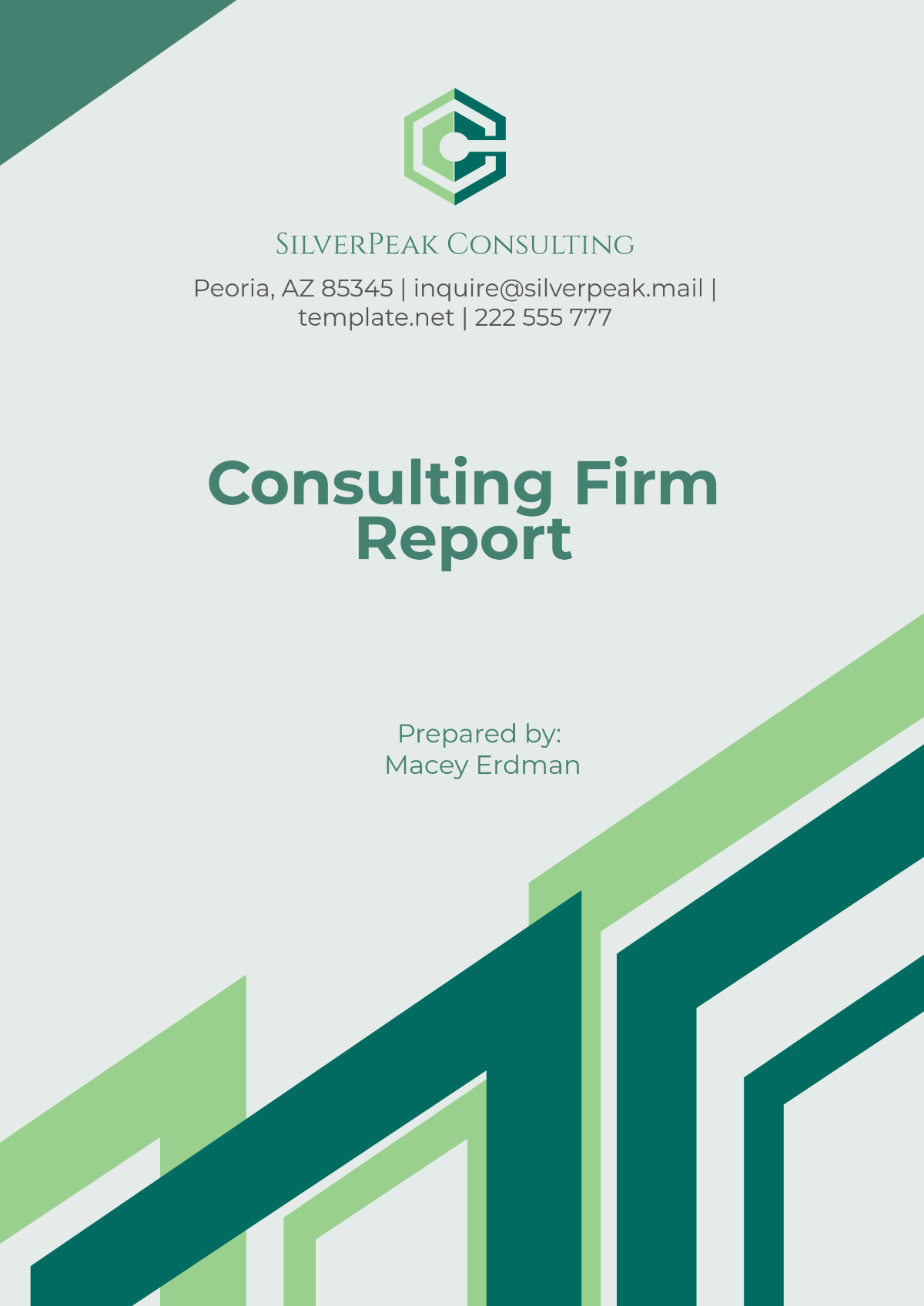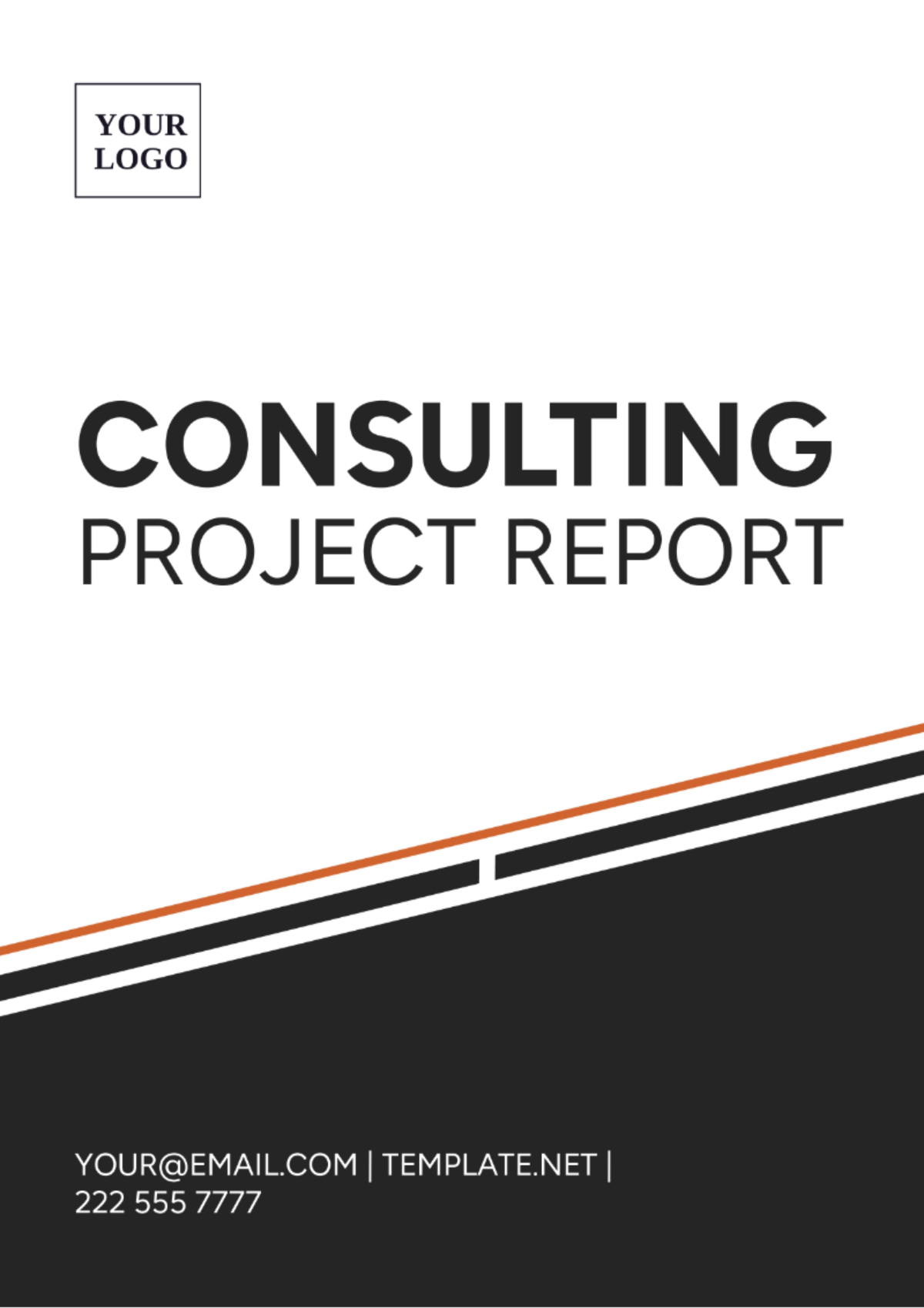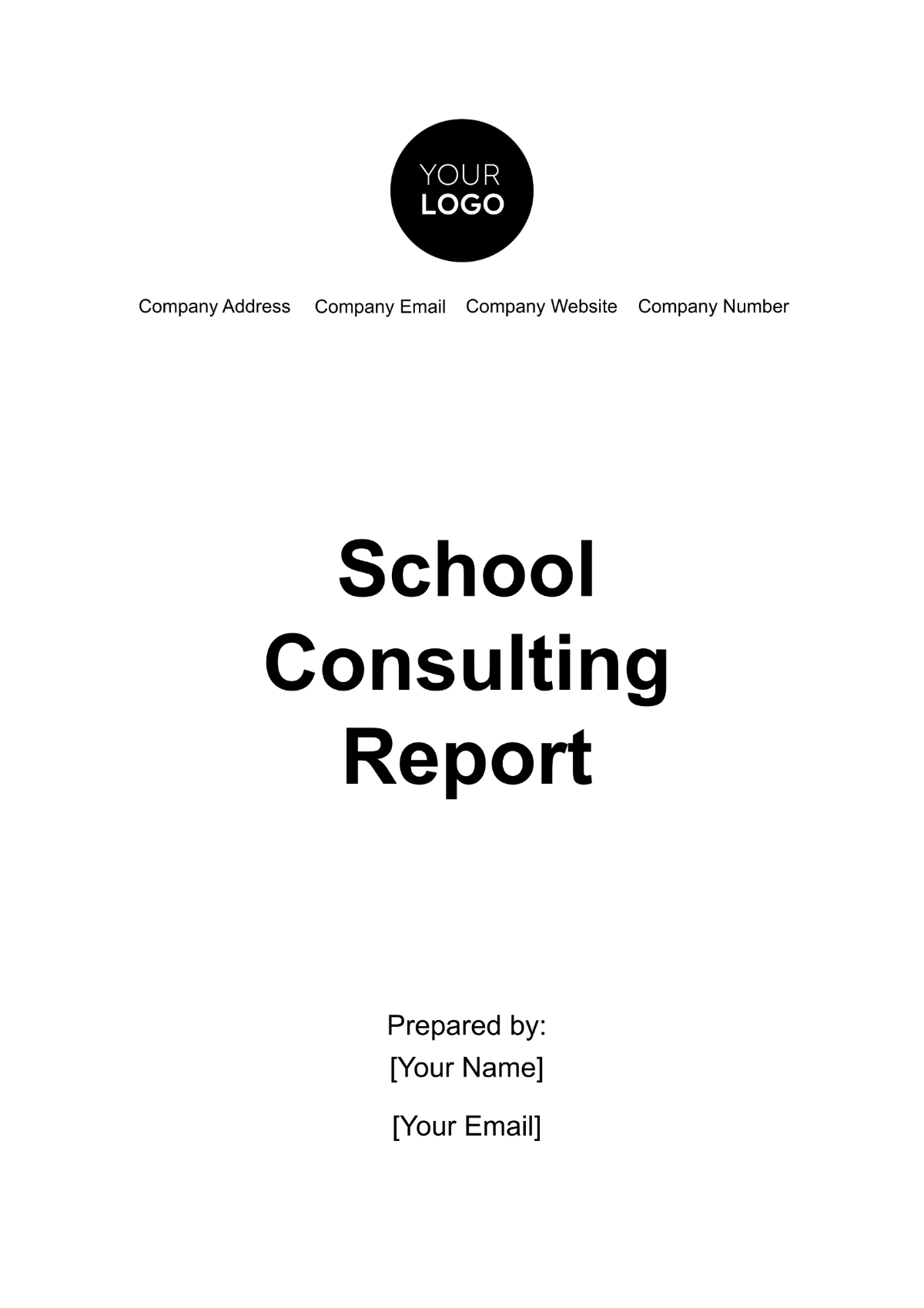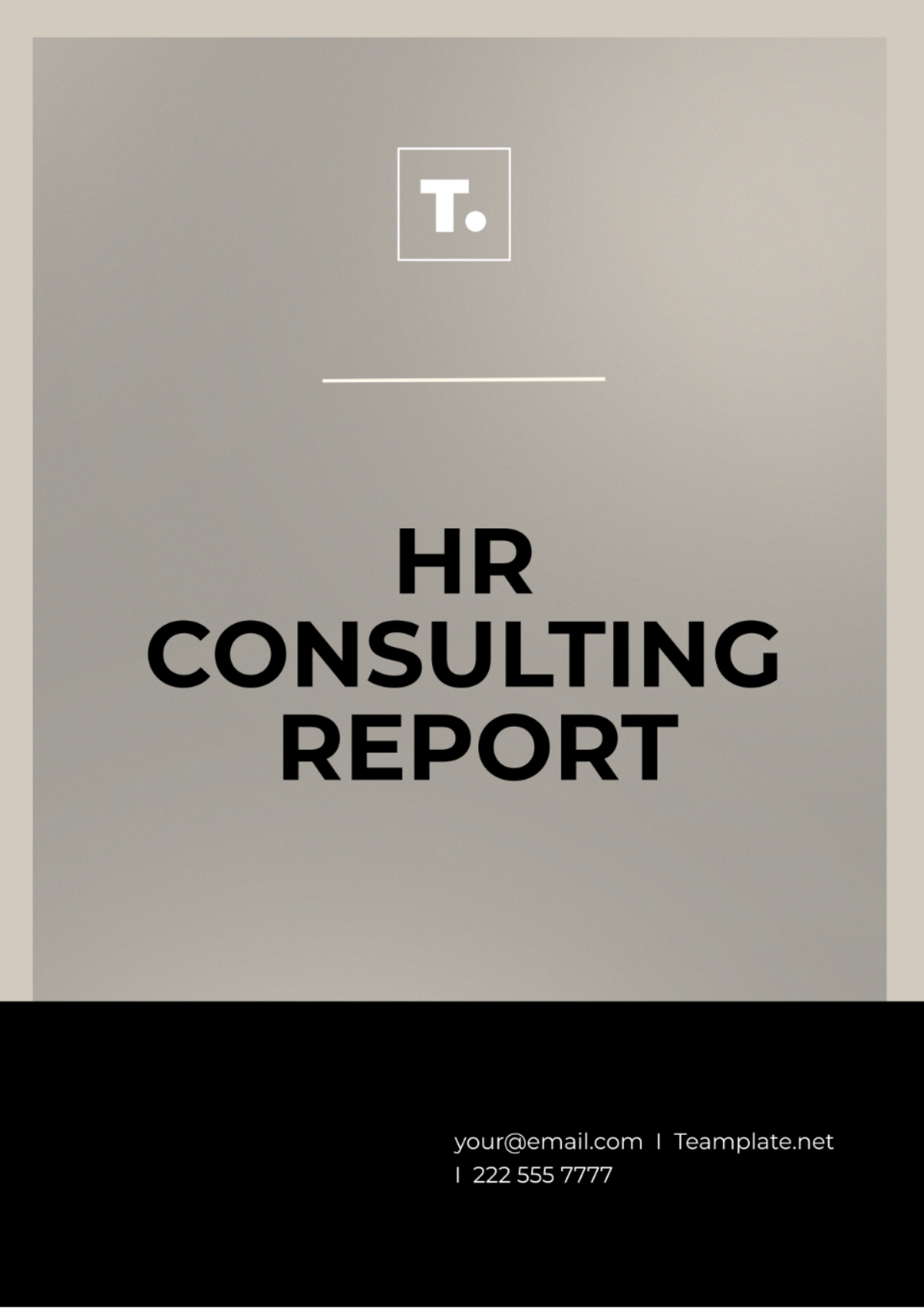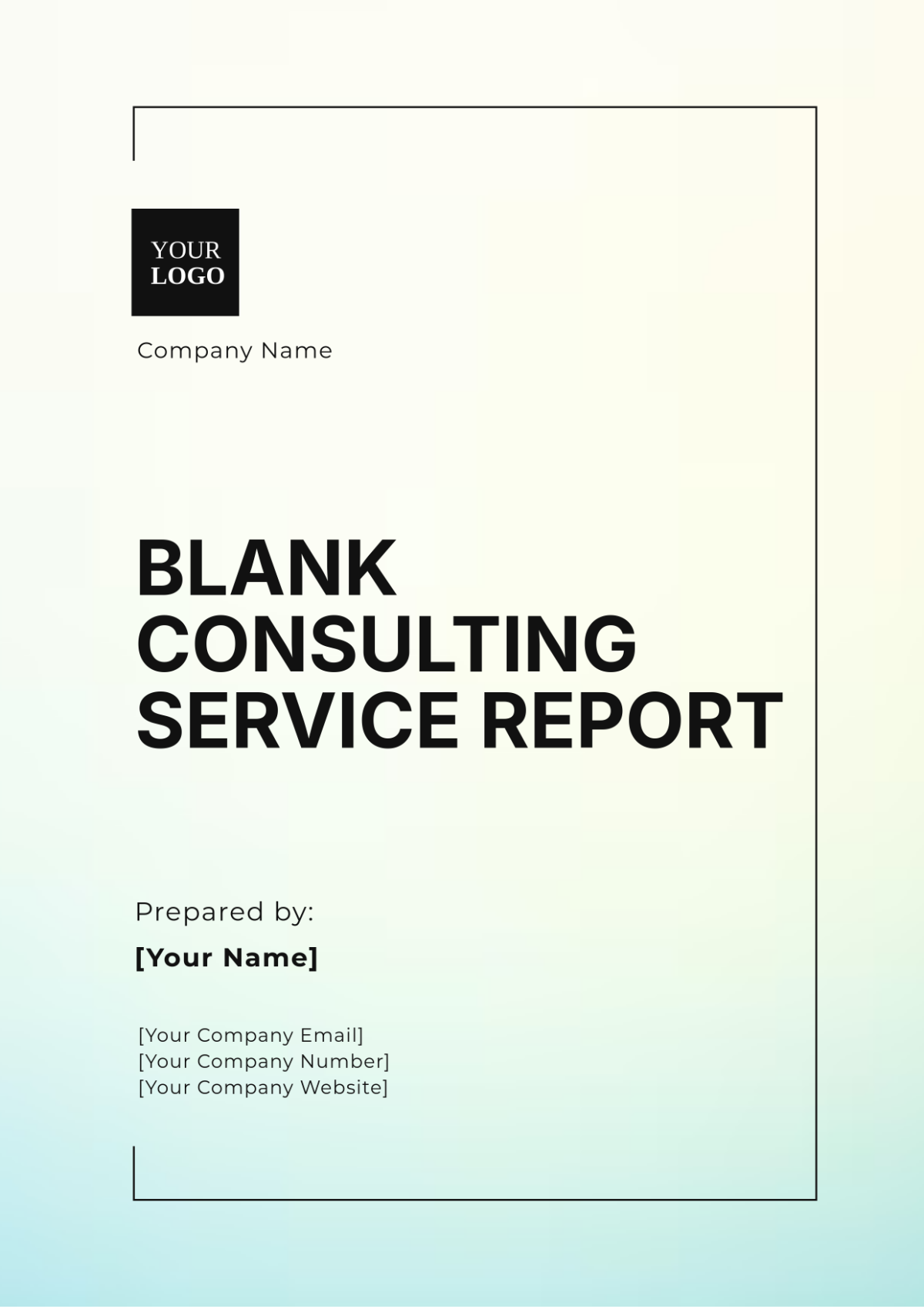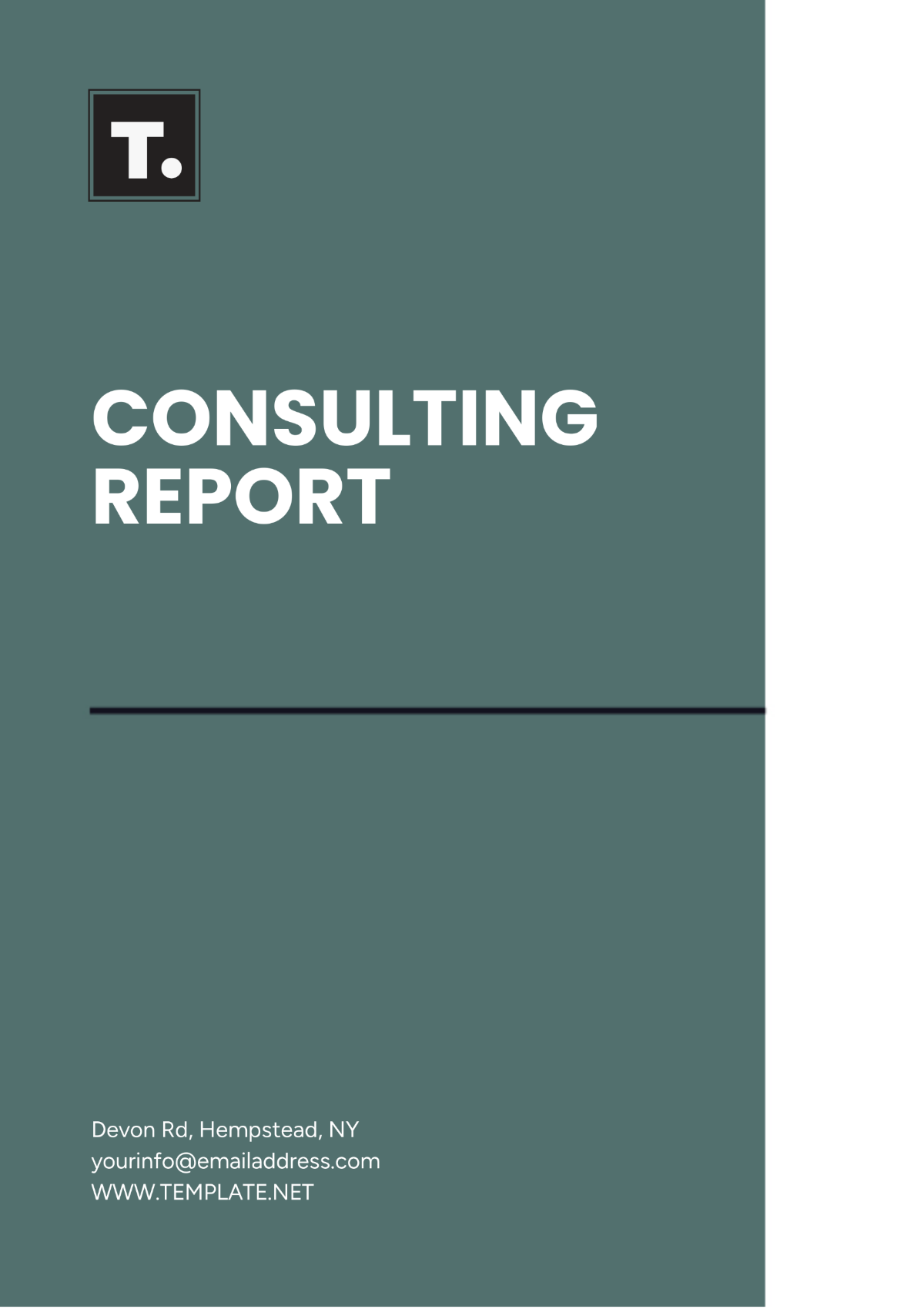Free Consulting Firm Report
Present your findings and insights effectively with the Consulting Firm Report Template from Template.net. This editable and customizable template allows you to organize project details, analysis, and recommendations. Customize it using our Ai Editor Tool for a polished and professional report.
